Born in Rochefort-sur-Mer in southwest France, Jean Claude Roy knew that he wanted to be an artist since the age of seven. His grandfather, a farmer of modest means, provided encouragement and support. Jean Claude would accompany his grandparents to the early morning produce markets, which provided sensory inspiration; his first sculptures were made from the coloured paper used to wrap apples and oranges. His grandparents’ farmhouse was decorated with paintings bought at auctions and murals done by a local artist, which afforded Roy exposure to art at a very early age. The farm’s orchard, the subject of his first painting, holds a lasting significance for the artist; he still returns on occasion to pick its cherries.
Jean Claude Roy (1948 –)
Read More
At the age of sixteen, after technical lycée, Roy attended merchant marine training and took his first job as an apprentice electrician on a French cable-repair boat. This led to five years at sea, during which time his boat was frequently based in St. John’s, Newfoundland. Perhaps as a response to these new surroundings, it was also during this time that he turned his attention to landscape painting. In 1971, he immigrated to Newfoundland and spent the next twelve years working as a marine electrician by day and artist by night. He attended art classes for two sessions and promptly quit because he didn’t like being told what to do; thus, one can say that Roy is entirely self-taught.
By 1973, Roy’s paintings were selling in St. John’s galleries and he presented his first solo exhibition there in 1975. He continued to exhibit locally and elsewhere in Canada, but in 1982, Roy decided to return to France to rediscover his native landscape and to devote himself full-time to painting. Roy dedicated the next fourteen years to his art, and his spare time was spent rebuilding the stone farmhouse in which he had grown up and cultivating his garden and orchard. He also taught in the local art school and offered painting holidays to Canadian visitors.
Roy never lost his link to Newfoundland, however, and returned every three years to paint and exhibit. By 1996, he was making the journey yearly, and has since divided his time between his two homes.
Although Roy is also an accomplished portrait painter, his first love is landscape. He describes his style as ‘expressionist-colourist’ and works most frequently in oils, applying paint thickly with a palette knife and brush. A major influence has been the work of abstract expressionist painter Chaim Soutine, whose style prioritized shape, colour, and texture over representation.
Jean Claude works almost exclusively on site and has frequently done so in freezing and wet weather, often carrying his equipment over long distances in order to find the right spot. It is not uncommon for an insect, a blade of grass, or a flower to find its way into his work, either by accident or purposefully by his own hand.
Characteristic of his landscapes are vast, highly coloured, and increasingly abstract skies. His interest in exploring the sun as subject matter began in the late 1980s when, after staring at the sun while painting, a black dot seemingly appeared before him on the canvas. He was astonished to notice how this ‘sun’ gave light to the landscape below. Over time, this black dot has changed shape and colour, but it is always present, an integral part of the composition of his work. The abstract skies allow a different aspect of artistic expression and provide a contrast to the more representational landscape below.
There is little difference in Roy’s approach to painting in Newfoundland and France; he spends hours driving and walking through the countryside in both places. Occasionally a scene remains with him for months or even years before he returns to paint it, but most paintings are the spontaneous result of what he sees and feels on the given day. After more than forty-five years, the act of transferring the image in his head onto canvas comes naturally and quickly; indeed, from the moment he chooses his spot, the painting is almost complete. Painting on location is essential as his interpretation depends upon such environmental factors as wind and rain, the hot sun, the scent of lavender, the noise of crowds, the stories people tell him as they stop to watch, and his own mood. In effect, each painting is both a page from his diary and a lasting record of the place he has chosen as subject matter.
Roy’s vibrant, expressive landscapes have generated a significant following in France, Britain, Canada, and the United States. His paintings can be found in many private and public collections, and his work has been the subject of two collaborative books. The first, entitled Soleil du Nord, Brouillard d’Anse, showed the work of Jean Claude Roy and Jean Claude Girardin as they painted the French islands of St. Pierre and Miquelon over a period of ten years. Two Visions of Newfoundland & Labrador was the result of collaboration with the
Danish-Canadian photographer Ben Hansen as they travelled together around the island of Newfoundland, portraying the same scene according to their individual styles.
In 2002, Roy, in collaboration with his wife Christina, developed the idea of designing an embroidered work. Inspired by the famous Bayeux Tapestry, this piece would illustrate some aspects of the history of Newfoundland. They developed this design between 2007 and 2009, and the embroidery was done by twelve women from the community of Conche, Newfoundland. The result was The French Shore Tapestry, a two hundred and sixteen foot-long work of art and craft, which was the subject of a Radio-Canada/CBC television documentary entitled Phantoms of the French Shore, produced by noted filmmakers Barbara Doran and Jerry McIntosh.
In 2011, Roy completed another project that had been taking root since his earliest years on the island and officially started in 2002: to paint every community on the island of Newfoundland. The result is a four hundred and eighty page book entitled Fluctuat Nec Mergitur: JC Roy’s Newfoundland, published by Breakwater Books, which includes paintings of more than eight hundred villages and outports. A unique special edition of the book was designed by Jean Claude in collaboration with Newfoundland bookbinder Brian Roberts; never before done, each of these one hundred and sixty copies have a different original seven by nine inch oil painting on the front cover.
In 2013, Jean Claude spent time at Torngat Mountains Basecamp in northern Labrador working with students in the Inuit Youth Program. Together they produced a mural that now hangs on the wall of the Visitor’s Centre at Basecamp, the gateway to Torngat Mountains National Park. This park is in the Inuit homeland known as Nunatsiavut and was a gift from the Nunatsiavut Government to the people of Canada. It contains some of the most stunning landscapes in the country. Paintings from this area, as well as other parts of Labrador, appear in Jean Claude’s book Terra Magna, a magnetic tribute to the cultures and landscapes of The Big Land.
ROY 462
Oil on canvas
30" x 30"

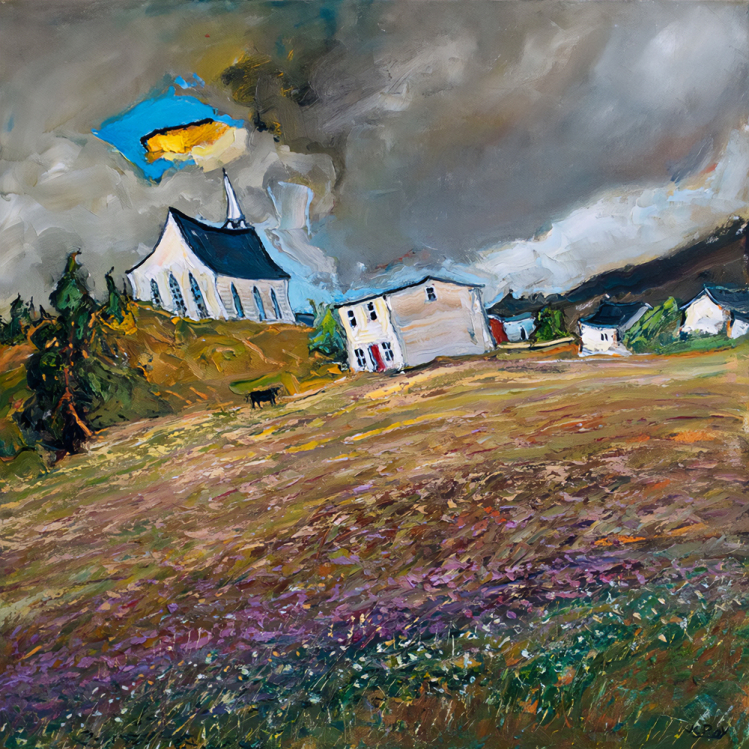
ROY 465
Oil on canvas
30" x 30"


ROY 472
Oil on canvas
36" x 36"


ROY 473
Oil on canvas
36" x 36"


ROY 476
Oil on canvas
36" x 36"

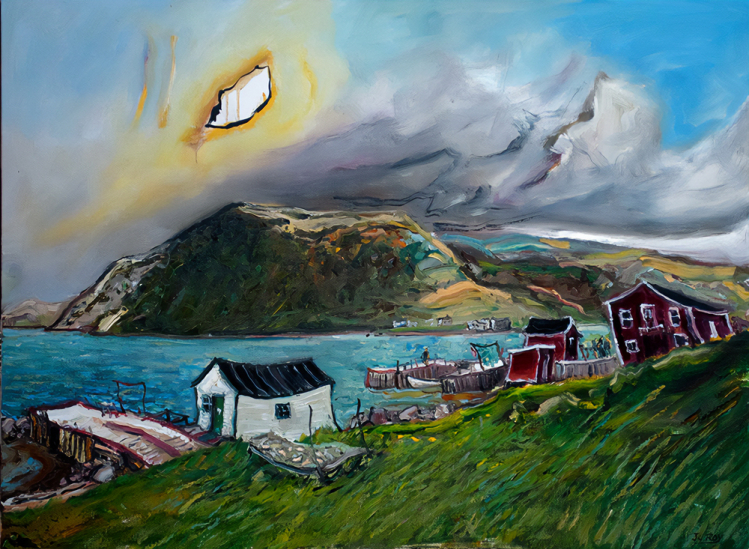
ROY 481
Oil on canvas
36" x 48"

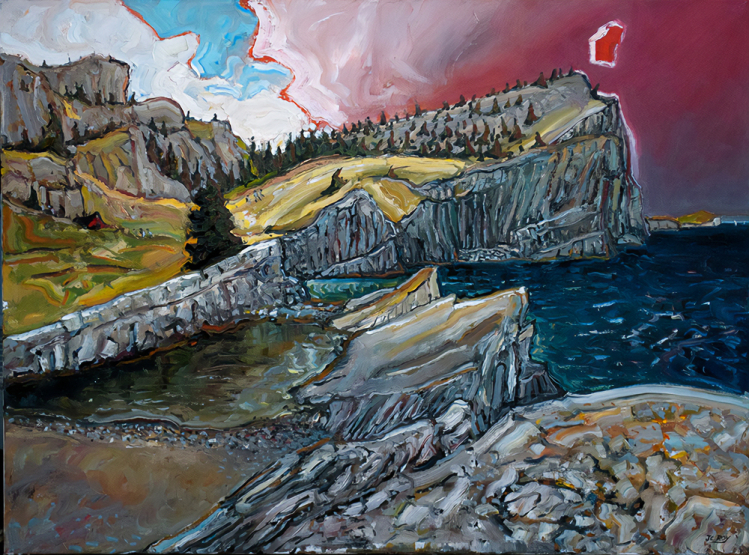
ROY 482
Oil on canvas
36" x 48"

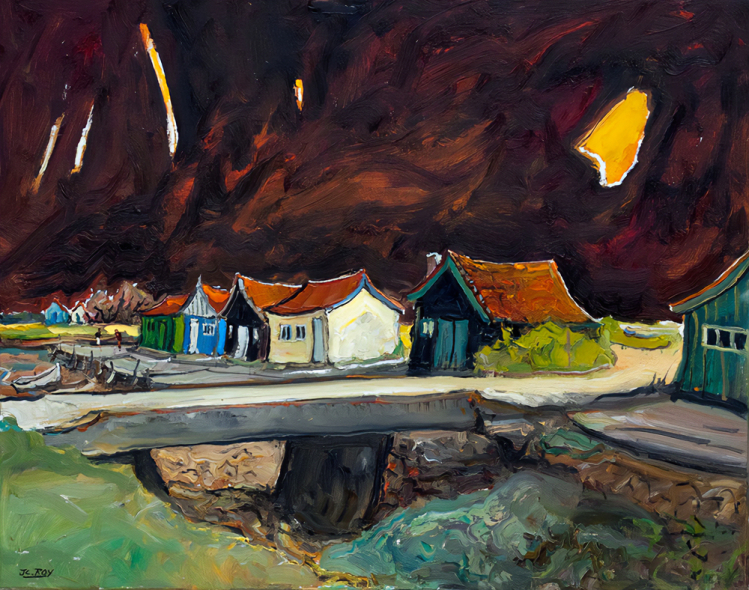
ROY 487
Oil on canvas
28.7" x 36.2"


ROY 488
Oil on canvas
31.8" x 39.3"


ROY 498
Oil on canvas
47.2" x 59"

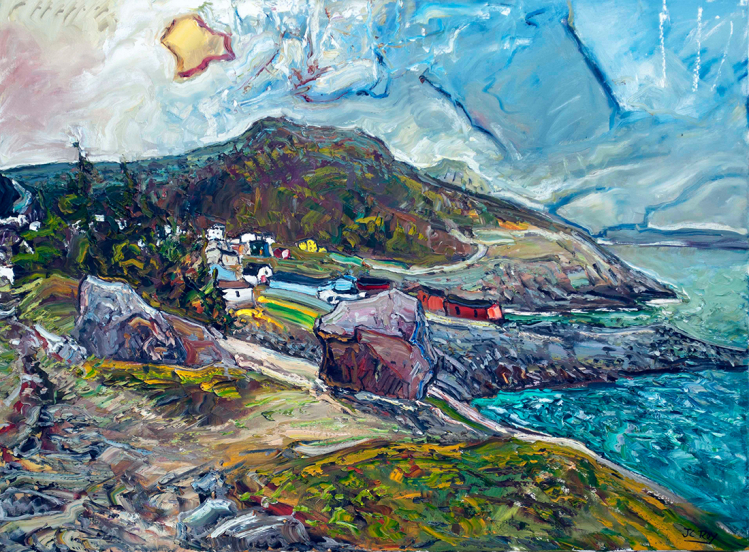
ROY 424
Oil on canvas
36" x 48"


ROY 460
Oil on canvas
24" x 36"


ROY 456
Oil on canvas
24" x 36"


ROY 455
Oil on canvas
24" x 36"


ROY 454
Oil on canvas
24" x 36"


ROY 453
Oil on canvas
24" x 36"


ROY 449
Oil on canvas
20" x 24"


ROY 445
Oil on canvas
11" x 14"


ROY 429
Oil on canvas
32" x 40"


ROY 426
Oil on canvas
36" x 48"

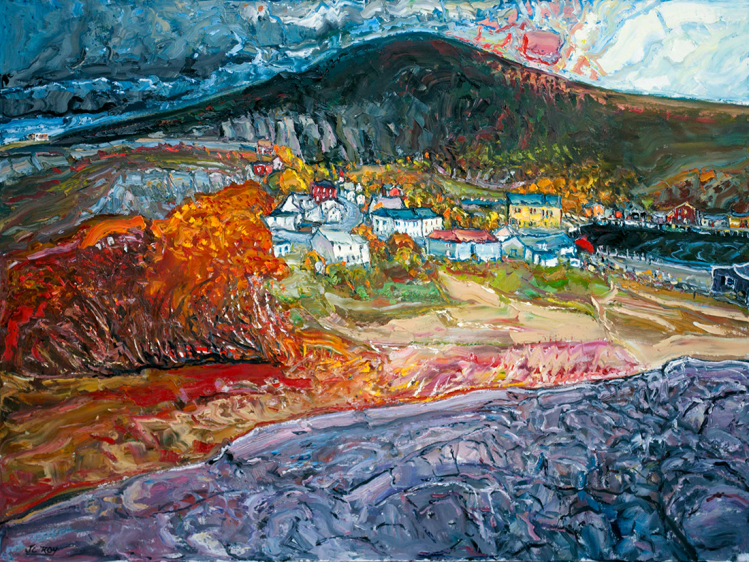
ROY 425
Oil on canvas
36" x 48"

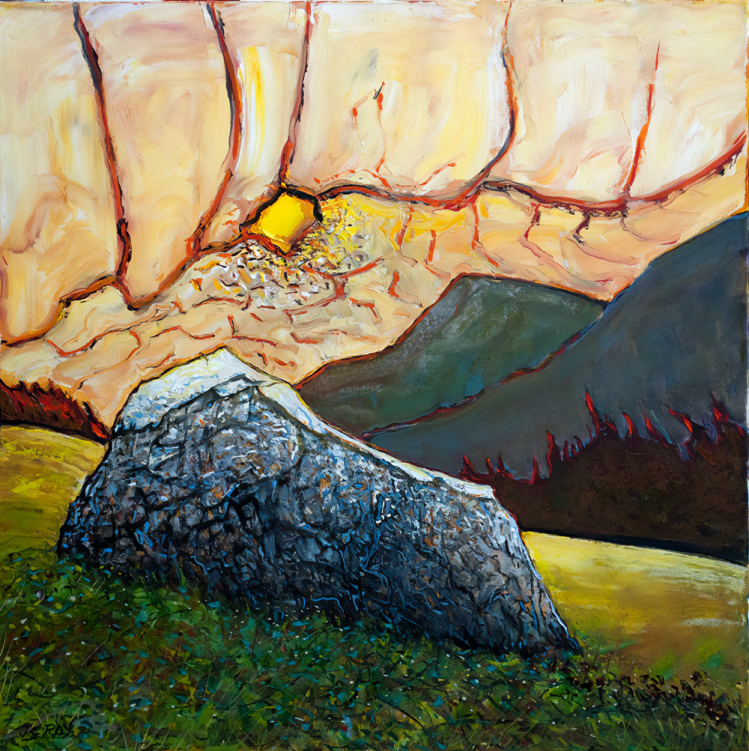
ROY 467
Oil on canvas
30" x 30"


ROY 491
Oil on canvas
39.5" x 47"


ROY 479
Oil on canvas
36" x 48"


ROY 480
Oil on canvas
36" x 48"

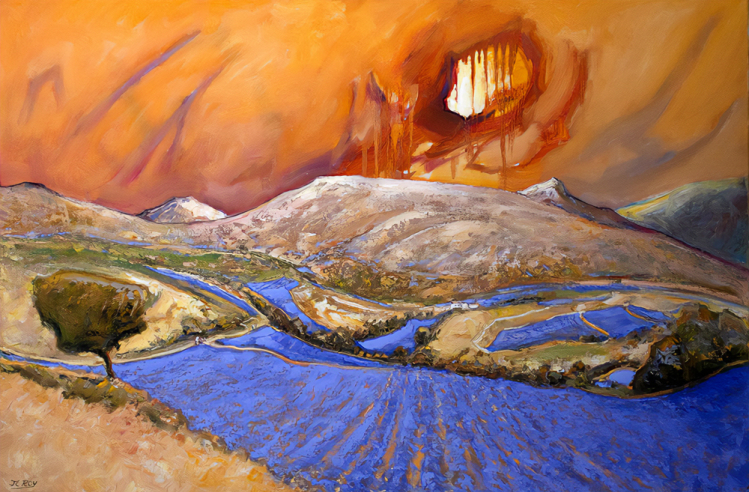
ROY 493
Oil on canvas
39.3" x59"


ROY 486
Oil on canvas
48" x 96"


ROY 494
Oil on canvas
39.3" x 59"


ROY 485
Oil on canvas
36" x 84"


ROY 404
Oil on canvas
28.7" x 36.2"

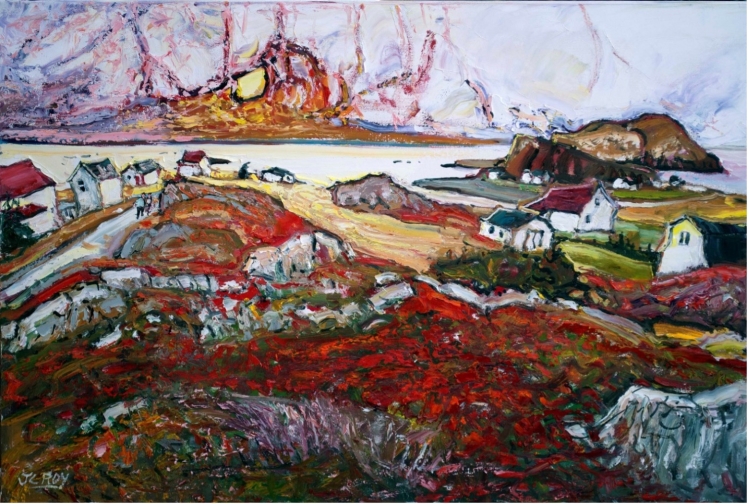
ROY 417
Oil on Canvas
24" x 36"


ROY 385
Oil on canvas
31.5 " x 31.5"

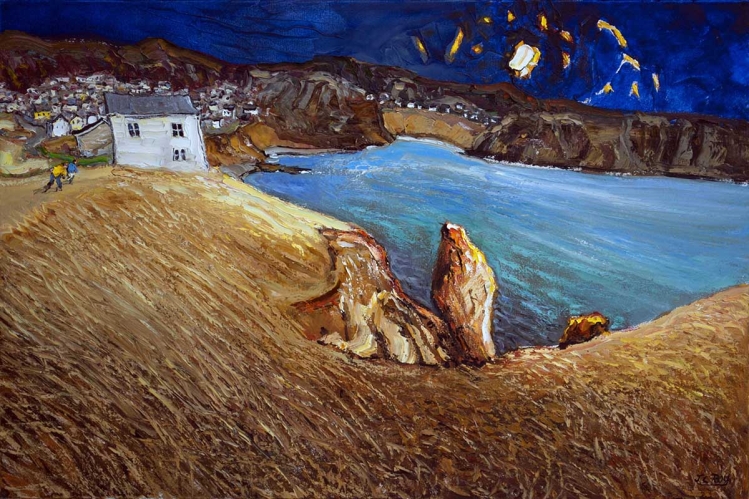
ROY 372
Oil on canvas
24" x 36"


ROY 400
Oil on canvas
39.3" x 39.3"


Oil on canvas
47" x 59"


ROY 369
Oil on canvas
36" x 36"


ROY 358
Oil on canvas
47" x 59"

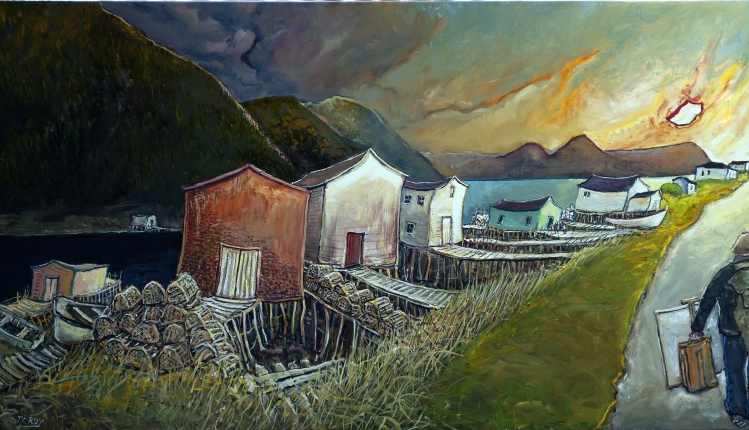
ROY 360
Oil on canvas
48" x 84"

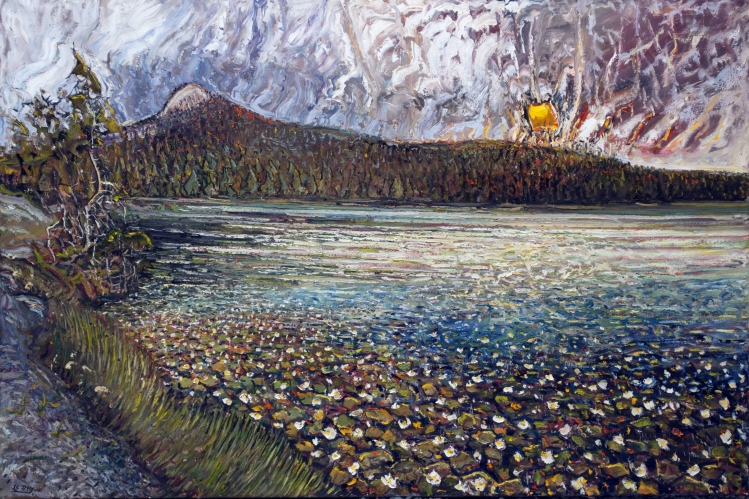
ROY 361
Oil on canvas
48" x 72"


ROY 295
Oil on Canvas
24" x 36"

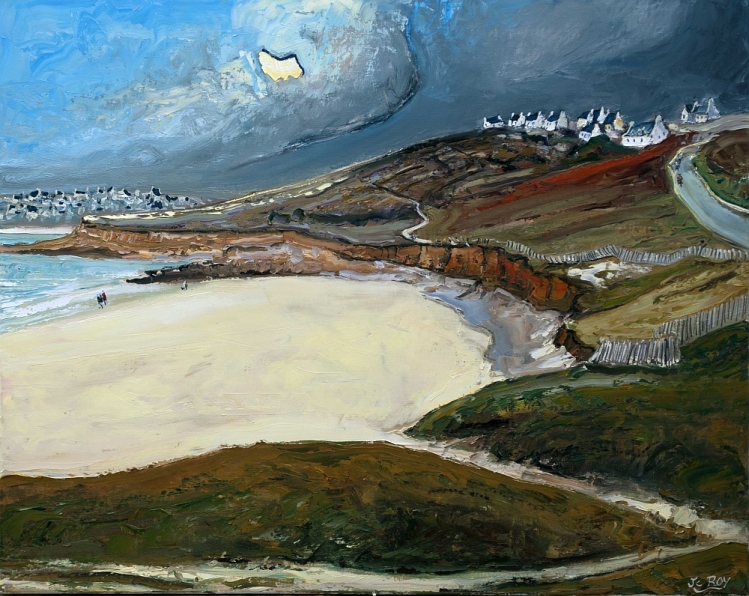
ROY 287
Oil on Canvas
28.7" x 36.2"


ROY 285
Oil on Canvas
47" x 59"


ROY 283
Oil on Canvas
32" x 39.3"

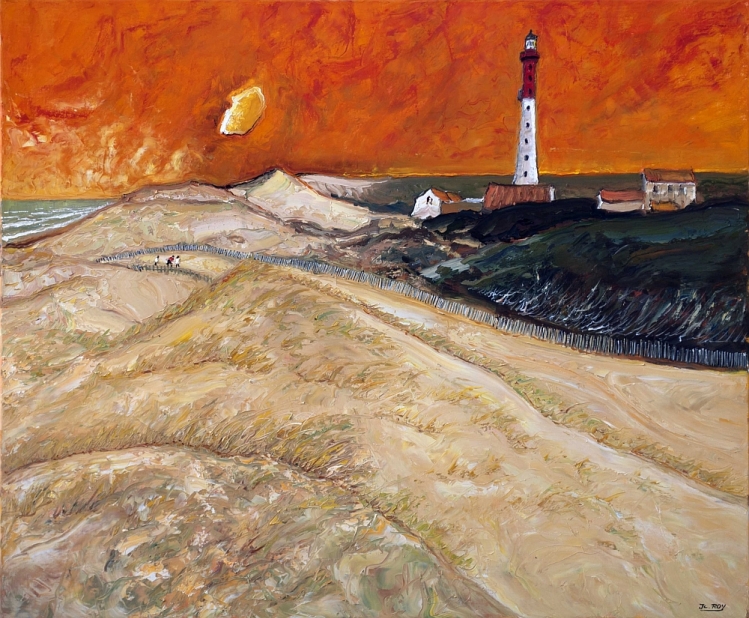
ROY 277
Oil on Canvas
39.3" x 47"


ROY 274
Oil on Canvas
36" x 48"


ROY 269
Oil on Canvas
31.5" x 31.5"

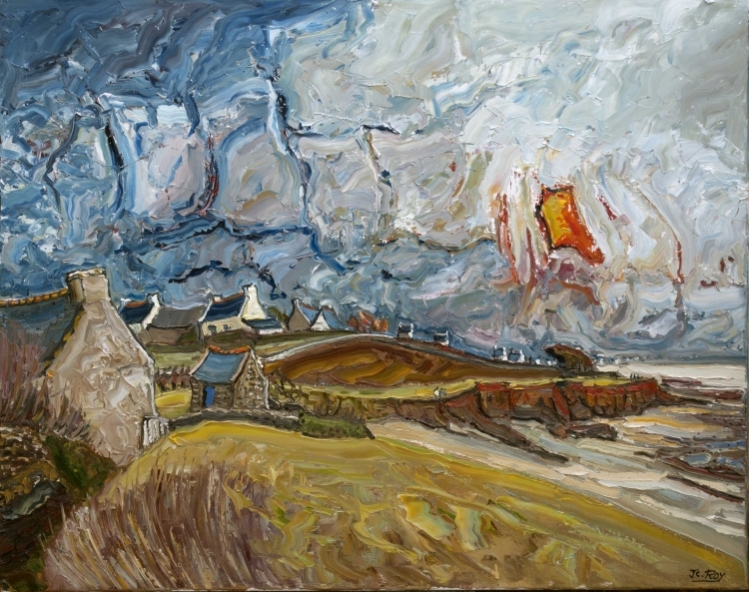
ROY 267
Oil on Canvas
32" x 39.3"

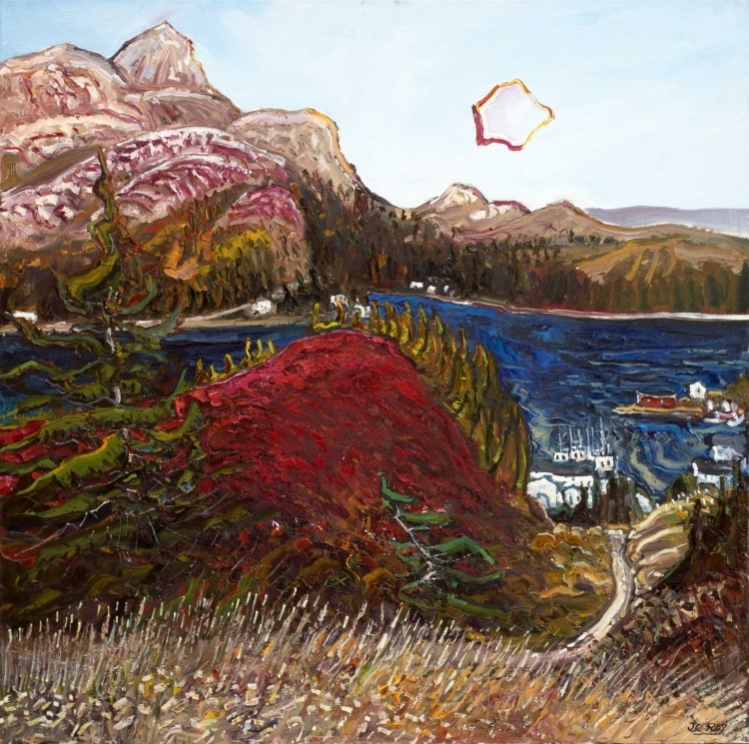
ROY 264
Oil on Canvas
36" x 36"


ROY 259
Oil on Canvas
36" x 48"


ROY 244
Oil on Canvas
36" x 48"

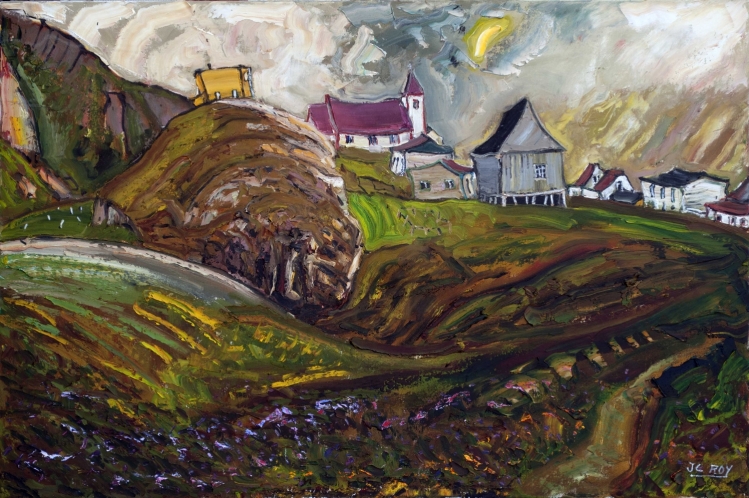
ROY 186
Oil on Canvas
24" x 36"


ROY 178
Oil on Canvas
47" x 59"


ROY 177
Oil on Canvas
39.3" x 47"


ROY 169
Oil on Canvas
47" x 59"


ROY 136
Oil on Canvas
32" x 39.3"



